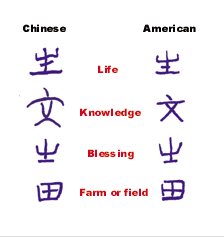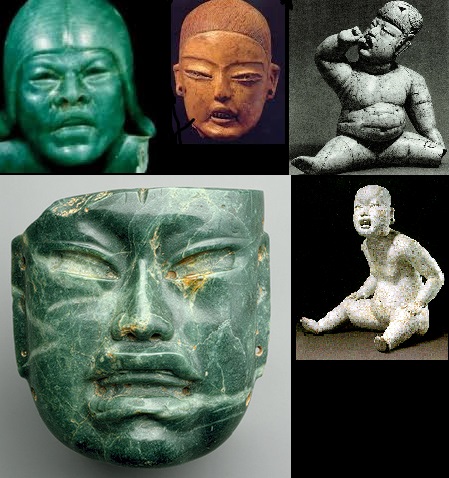Joseph de Guignes 1721 –1800 , a French orientalist , sinologist and scholar centuries ahead of his time in his sometimes bizarre theories brought to the Western World the Chinese Classics account of Fusang. De Guignes speculated that Fu-sang was actually Mexico . [1]
  |
"De Guignes was a scholar. He devoted much of his life to a study of the early Chinese, particularly to that which concerned navigation. During his course of study of the Classics, he came across a story, retold by Ma Twan-lin, in his "Antiquarian Researches" published in 1321, of a Buddhist priest, Hwui Shan by name, who, in the fifth century, reported having been to a far country to the east of China. After translating the account, de Guignes believed that he recognized the country described by Hwui Shan to be that of Mexico." Pale Ink Henriette Mertz
|
Selected Excerpts
Hwui Shans account of his Journey.
In the year 499, a Buddhist priest named Hwui Shan [Hui Shen] , came to China and told about a country called Fu-sang. Fu-sang is 20,000 Chinese miles to the east of the Great Han country. It is also situated east of the Middle Kingdom (China). [There is no mention in Hwui Shan's journey as to how he got there, how he got back to China, how long he was away or where he came from originally]
....Formerly this country had no knowledge of the Buddhist religion but, during the Sung Dynasty, in the second year of the period called the "Great Brightness" (458 A.D.) five priests, or Pi-k’iu, from the country of Ki-pin (Kabul) journeyed to that country taking with them their Buddhist religious books and images and taught the people their Buddhist doctrine and to forsake their rude customs and thus reformed them. "
Hwui Shan claimed that he had established contact with a people having a high degree of civilization, a significant distance to the east of China, These people had a written language, woven clothing, and paper. The people were not war like and their cities had no walls. They had a criminal justice system as criminals were punished according to an established principle, They had formal marriage and burial customs. They had a King or leader who was the "Chief of the Multitudes" and lesser nobles called "Tui-lu."
Significantly Hwui Shan doesn't claim to be the first and states the "five priests, or Pi-k’iu, from the country of Ki-pin [Kabul Present day Afghanistan] journeyed to that country
..These people had a writing; woven clothing; some kind of paper; they had a valuable tree or plant that had a pear-shaped fruit, reddish in color, that was edible, that was preserved without spoiling, and that looked like bamboo shoots—the country derived its name from this plant. " [The plant that gave the country its name was ... the century plant, a cactus-like agave commonly used for food and clothing in ancient Mexico.] -The Chinese of America. , Jack Chen 1980, pp. 5, 6)
, Jack Chen 1980, pp. 5, 6)
The account of Fusang presented by the Buddhist priest Hwui Shan was somewhat discredited by an additional story he told of "The Kingdom of Women" where the men had dog-like heads and barked . The Kingdom as per Hwui Shan was situated to the west of the country Tsan-yai and to the south of the Kingdom of Dogs. The rabbits of this country are white and as large as horses, ... birds which produce human babies... The males born of these birds do not survive. The daughters only are raised with care by their fathers, who carry them with their beaks or upon their wings.
In another translation of a related tale [Book of Liangi by Yao Sialian 7th century] the following was added "The attendants of the Court were much amused at these stories. They all laughed and clapped their hands, and said that better stories had never been told."
The translator [The Marquis d’Hervey] commented on the above passage : "This curious fragment shows that the Chinese of the Sixth Century were not as credulous as might be believed; that they knew how to distinguish between the true and the improbable; and that the extravagancies of their story-tellers, at which they were the first to laugh, does not diminish the merit of the writers that they respected."
The tale of the land of Fusang was steeped in debate from the moment it was presented to the Western Intellectual world by De Guignes and the arguments both pro and con are outlined in " An inglorious Columbus, or, Evidence that Hwui Shan and a party of Buddhist monks from Afghanistan discovered America in the fifth century A.D  "
"
).




